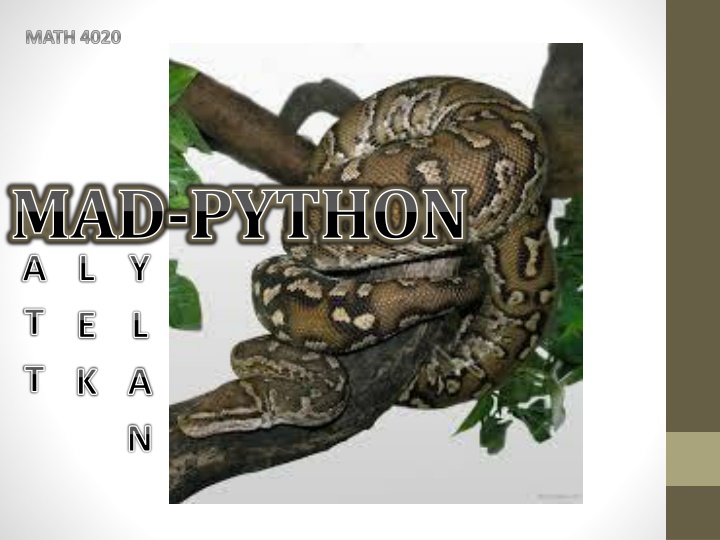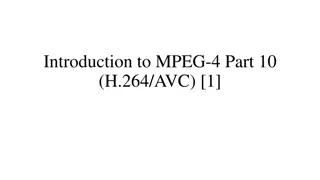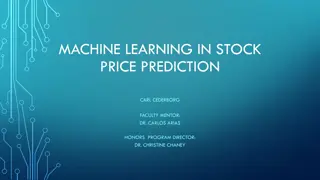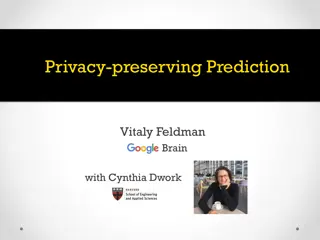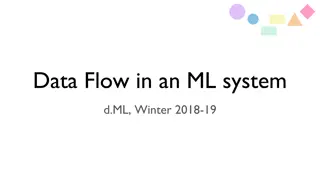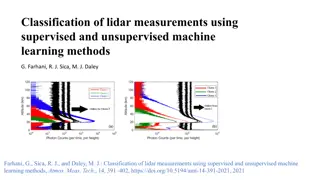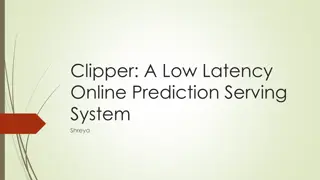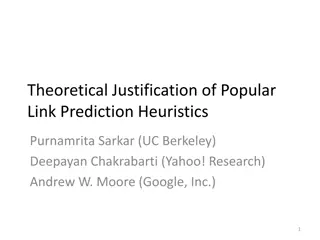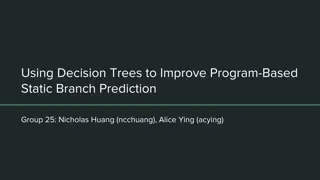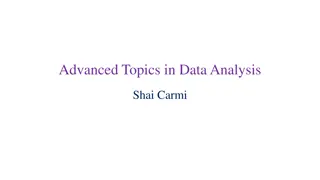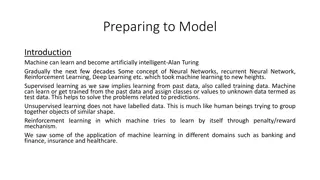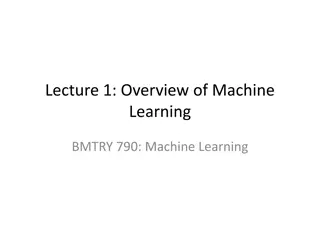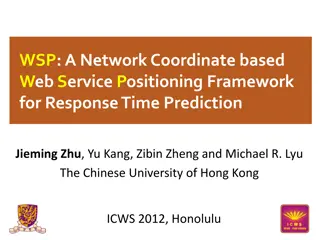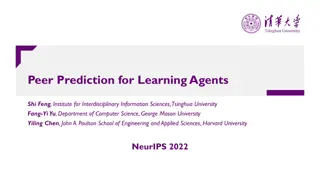Data Analysis and Prediction with Machine Learning
This project focuses on analyzing data relating to passengers on the Titanic and predicting survival outcomes using Python programming. Leveraging libraries like Pandas, NumPy, and SKLearn, the goal is to create a prediction system by understanding machine learning algorithms such as decision trees and random forests. The process involves exploring data features like gender, age, ticket class, cabin level, and family presence to enhance prediction accuracy. Through entropy calculations and algorithmic development, the project aims to decrease entropy and improve survival predictions.
Download Presentation

Please find below an Image/Link to download the presentation.
The content on the website is provided AS IS for your information and personal use only. It may not be sold, licensed, or shared on other websites without obtaining consent from the author.If you encounter any issues during the download, it is possible that the publisher has removed the file from their server.
You are allowed to download the files provided on this website for personal or commercial use, subject to the condition that they are used lawfully. All files are the property of their respective owners.
The content on the website is provided AS IS for your information and personal use only. It may not be sold, licensed, or shared on other websites without obtaining consent from the author.
E N D
Presentation Transcript
MATH 4020 MAD-PYTHON A T T K A N L E Y L
GROUP GOAL Learn and understand python programing language Libraries: Pandas Numpy SKlearn Use machine learning algorithms Decision trees Random Forests
The project (to date) Looking at data regarding passengers on the Titanic Analyzing the data, and looking for ways to predict whether or not passengers survived based on limited information
Analysis of passengers on the Titanic 891 observations Includes Gender Age Ticket class Cabin level Ticket price Family present Survival 418 observations do not include the survival column This is the test data
The Goal Analyze data Create prediction system
Progress Excel: Pivot tables for analysis, helped devise a formula that could predict survival with greater than 75% accuracy IF(E2="male",0,IF(C2=3,IF(J2>20,0,1),1)) Python Analyzing the data in similar ways and developing the same formula to become familiar with the language
More progress The numpy library allows matrix manipulations Similar to MatLab The pandas library simplifies work with large data sets SKLearn is a collection of machine learning algorithms
Decision tree Tool that uses a tree-like graph to build an algorithm displaying possible outcomes
Entropy H = ?1log2?1 ?2log2?2 This graph represents the relationship between probability (Pr(X=1)) and entropy (H(X)) of a coin flip
Entropy calculation We have, from 891 observations: 342 survived and 549 did not 342 891 = .38 and ?2 = 549 891= .62 Thus, ?1= Hence, Entropy = .38log2.38 .62log2.62 = .96 Think about how to decrease our entropy. We can look at the survival of men and women separately.
Entropy calculation We have, of the 891 passengers, 577 of them are male. Of which 109 survived. Ergo, ???????????= 109 109 577 468 468 577= .7 577log2 577log2 While 314 of the passengers where female, and 233 of them survived. Furthermore, ?????????????= 233 233 314 81 314log2 81 314= .82 314log2
Entropy calculation Therefore, ??????????=577 891???????????+314 891?????????????= .74 Compared to the entropy of class. (We ll simplify) ????????????=216 = .88 891?????? 1+184 891?????? 2+491 891?????? 3 Since sex implies greater certainty than class, it will be the first branch of our tree
Where Were Headed Data Cleaning Some observations have insufficient data i.e. many ages and class levels are missing Use of Random Forests to develop decision trees based on the entropies of certain variables. This will give the best approach for precise analysis and formula creation
